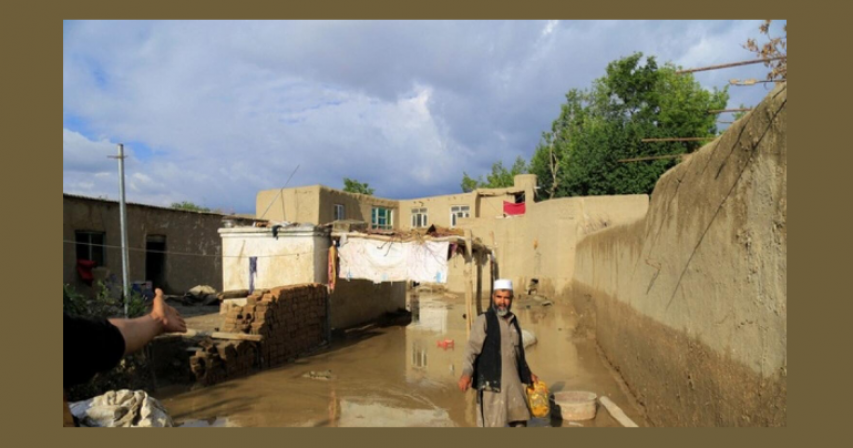At least 33 killed, 27 injured in flash floods in Afghanistan

Amidst the serene landscapes of Afghanistan, tragedy has struck with the relentless fury of nature. In the wake of snow, rain, and subsequent flooding over the past three days, the country reels from a devastating toll: at least 33 lives lost and 27 injured. The aftermath leaves behind a trail of destruction, with 606 homes either partially or completely destroyed, according to preliminary statistics reported by TOLOnews.
Janan Saiq, spokesperson for the Taliban-controlled State Ministry of Disaster Management, grimly confirms the staggering impact of the recent calamity. "Unfortunately, thirty-three people have died and twenty-seven others have been injured due to the recent floods," Saiq states, highlighting the severity of the situation. The provinces of Farah, Herat, Zabul, and Kandahar bear the brunt of this catastrophe, grappling with excessive loss and devastation.
Among these provinces, Kandahar emerges as the epicenter of the tragedy, bearing the weight of the highest casualties. The relentless onslaught of nature spares no corner, engulfing communities in grief and despair. Afghanistan, a nation already burdened with vulnerabilities to various natural disasters, faces yet another grim reminder of its fragility. Floods, earthquakes, avalanches, landslides, and droughts loom as perpetual threats, underscoring the precarious existence of its populace.
In the face of such adversity, the State Ministry for Disaster Management Affairs springs into action, mobilizing efforts to aid the affected communities. Over 22,000 needy families have received and dispersed national and foreign aid since the onset of the current solar month. However, the magnitude of the disaster demands more than just immediate relief efforts; it calls for sustained resilience and preparedness in the face of future calamities.
As the ministry issues warnings of potential escalation in flood casualties and forecasts further snow and rain precipitation, Afghanistan braces itself for the challenges ahead. The resilience of its people, tested time and again by the unforgiving forces of nature, remains a beacon of hope amidst the darkest of times. Yet, the need for comprehensive disaster management strategies and robust infrastructure becomes increasingly apparent, underscoring the imperative for long-term solutions to mitigate the impact of such tragedies.
In the aftermath of this catastrophe, Afghanistan stands at a crossroads, faced with the daunting task of rebuilding shattered lives and communities. The road ahead is fraught with challenges, but it is also paved with resilience, solidarity, and the unwavering spirit of its people. As the nation mourns its losses and embarks on the journey of recovery, it does so with a steely resolve to emerge stronger, more united, and better equipped to confront the trials that lie ahead.
By: Sahiba Suri





Comments